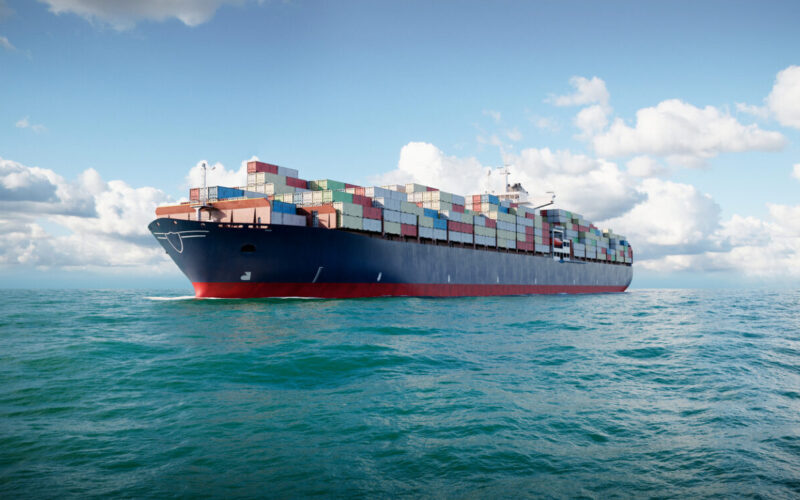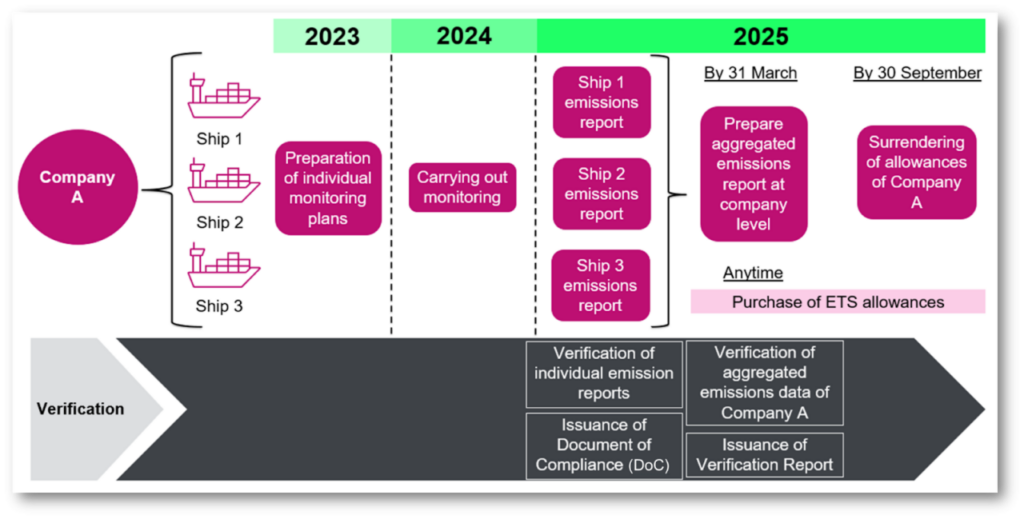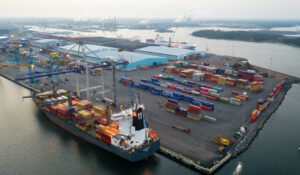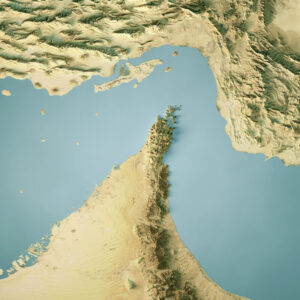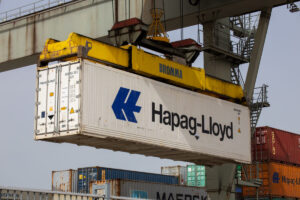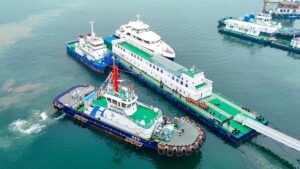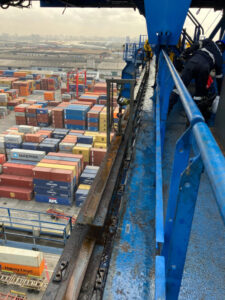With the announcement of the maritime industry’s inclusion in the European Emissions Trading System (EU ETS), carriers are preparing to welcome changes.
In September, the European Commission revealed its plan to introduce the EU ETS to the maritime sector, with the implementation slated to commence in January 2024.
The International Maritime Organization (IMO) devised a plan to reduce greenhouse gas (GHG) emissions, known as “MEPC 80”. Accordingly, the EU set a goal of reducing GHG emissions by at least 5 per cent by 2030 compared to the 1990 levels and also set a target of net zero emissions by 2050 in the long run.
In order to meet the 2030 objective, a comprehensive climate policy package called “Fit for 55” was unveiled in July 2021, including a plan to expand the EU ETS to the maritime sector.
The EU ETS was established in 2005 in order to minimise GHG emissions in the EU. This is a cap-and-trade system that tries to decrease GHG emissions in the EU by limiting GHG emissions in certain sectors of the economy.
The EU ETS directive has been revised to cover shipping beginning 1 January 2024, and applies to cargo and passenger ships above 5,000 gross tonnage (GT) beginning in 2024, and offshore ships exceeding 5,000 GT beginning in 2027.
Companies must monitor, record, and verify their GHG emissions on an annual basis, and this information will be used to calculate the European Union Allowances (EUA) they must relinquish within a compliance period or face penalties.
The figure below is a diagram of the EUA surrender compliance cycle.
Carriers such as Ocean Network Express (ONE), Maersk, and Hapag-Lloyd have all expressed their desire to develop a customer-friendly system that allows for a straightforward and easy-to-understand cost calculation.
Moreover, Sea-Intelligence predicted that the implementation of the EU ETS will boost total shipping expenses.

